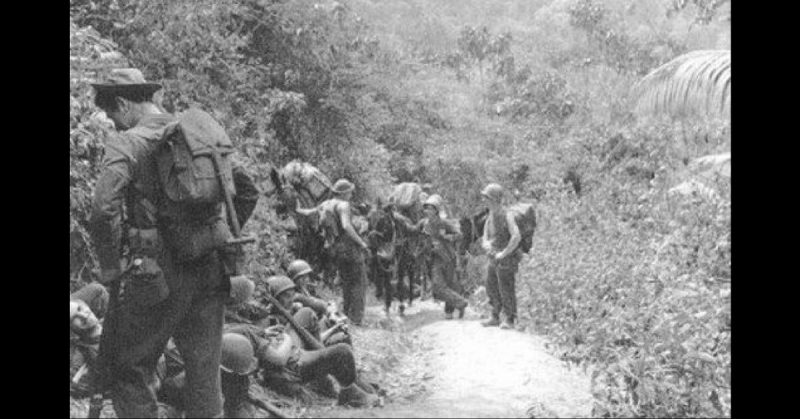In May 1944, the Allies assaulted Japanese-held Myitkyina in Burma. It was an attack that brought successes despite significant failures of leadership and coordination.
Stilwell in Burma
From the moment Japan joined the Axis cause in WWII, Burma became an important theater of conflict. The Japanese launched a successful invasion, swiftly pushing the British toward the Indian border. The British regrouped, turned a rout into a fighting retreat and began to push back. As the Americans went on the offensive against Japan, they too became involved.
At the time, Allied forces in Burma were led by two men. The British had the steady Bill Slim. The Americans had the more belligerent “Vinegar Joe” Stilwell.
A daring commander, Stilwell was also aggressive and uncompromising. An example of this was shown in action at Myitkyina.
Target Myitkyina
Stilwell had two primary objectives; Myitkyina and Mogaung. Both were on a rail line, and Myitkyina also had an airfield. Taking them would interrupt Japanese lines of supply and communication while improving them for the Allies.
Stilwell’s objective was not just to defeat the Japanese. He also wanted to beat the British by having American forces achieve a significant victory. For all his strengths as a commander, he had a prejudice against the “Limeys” that tipped over into argumentative paranoia.
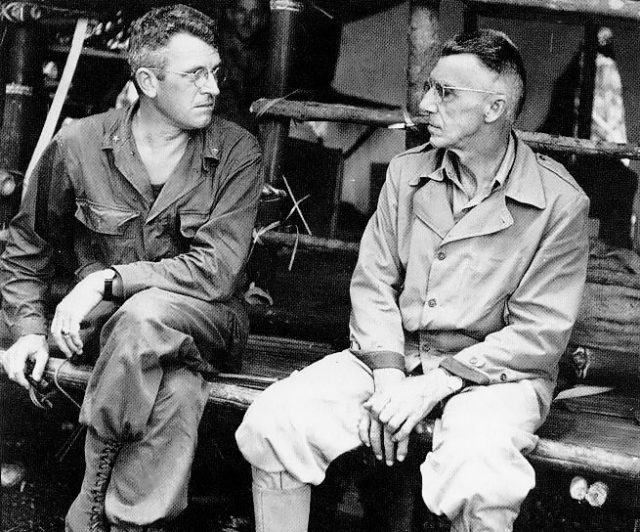
Chindits and Marauders: The Allied Irregulars
The troops used in the attack on Myitkyina should have been one of Stilwell’s greatest assets. The American unit Merrill’s Marauders had been trained to fight as irregular forces deep in the Burmese jungle. Like the British Chindits, whose tactics they imitated, they were highly skilled soldiers who were at their best raiding and ambushing behind enemy lines.
However, that was not what Stilwell had in mind for them. He was going to throw them against the Japanese in Myitkyina.
Meanwhile, the Chindits had also fallen under Stilwell’s control. Their founder and commander, Orde Wingate, had recently died in a plane crash, so they lacked a figurehead capable of standing up to Stilwell.
Only the Airfield
While Stilwell pushed his main force toward Mogaung, the Marauders were diverted to seize Myitkyina. Like the Chindits, they had recently lost their founding commander. They were now under the leadership of Colonel Hunter; a brave and capable commander but, unlike the Marauders, he was a regular soldier.
On May 17, the Marauders attacked Myitkyina. The town was defended by the weak remnants of two Japanese battalions.
At half-past one in the afternoon, the Marauders signaled Stilwell to tell him they had taken the airfield. He swiftly relayed a message saying the town had fallen. It was not true, but he could not resist a chance to gloat in front of the British.
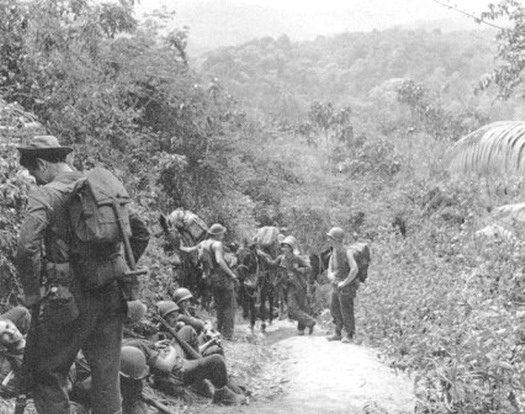
The Wrong Reinforcements for the Job
Seeing that Myitkyina was ripe for a full-on assault, but that he lacked the manpower to do it, Hunter asked Stilwell for urgent reinforcements.
Hunter asked for fresh infantry. The British 36th Division were ready and waiting, but Stilwell could not bear to let the Limeys take the town. He searched around for any available American troops and sent them.
Instead of infantry, Hunter received engineers and anti-aircraft troops. Some of the troops sent were shown how to use a rifle on their way to Myitkyina.
Chinese Fiasco, Japanese Reinforcements
Meanwhile, the Chinese were heading for Myitkyina. On May 19, two of their units attacked the town. The attack went horribly wrong. Instead of overwhelming the Japanese, the Chinese ended up fighting each other.
Tragedy turned to farce on the 20th when the Chinese again attacked themselves.
By now, the Japanese knew that Myitkyina was important to the Allies. Fresh troops were hurried in, boosting the garrison from 700 men to 4,000.
The opportunity Hunter had seen was gone. By the end of May, his forces were driven out of Myitkyina. Through illness, they were down to 300 fighting men.
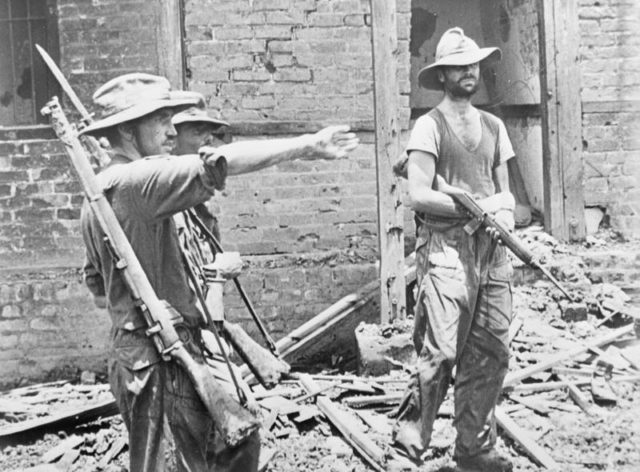
The Chindit Factor
Meanwhile, the Chindits were behind enemy lines. For Operation Thursday they had been dropped into the jungle to set up fortified camps and harass Japanese supply lines. However with the death of Wingate their base, codenamed “Blackpool,” was abandoned on May 25, freeing Japanese troops to fight at Myitkyina and Mogaung.
Another force of Chindits reached Myitkyina. There they, like the Marauders, were ordered to abandon the role they had trained for as guerrilla jungle fighters. Instead, they were thrown into the assault on the increasingly well-defended town.
Meanwhile at Mogaung
A third Chindit force under Brigadier Michael Calvert had been ordered to abandon their jungle stronghold and attack Mogaung.
Calvert had worked with Wingate to found the Chindits. Although he knew it was a misuse of his troops, he did his best. Thanks to his leadership and courage, and a little support from the Chinese, the Chindits took Mogaung.
Instead of showing off in front of the Limeys, Stilwell had been shown up by them. One of his officers circulated a message advising the Chinese had taken Mogaung, rather than giving the Chindits credit.
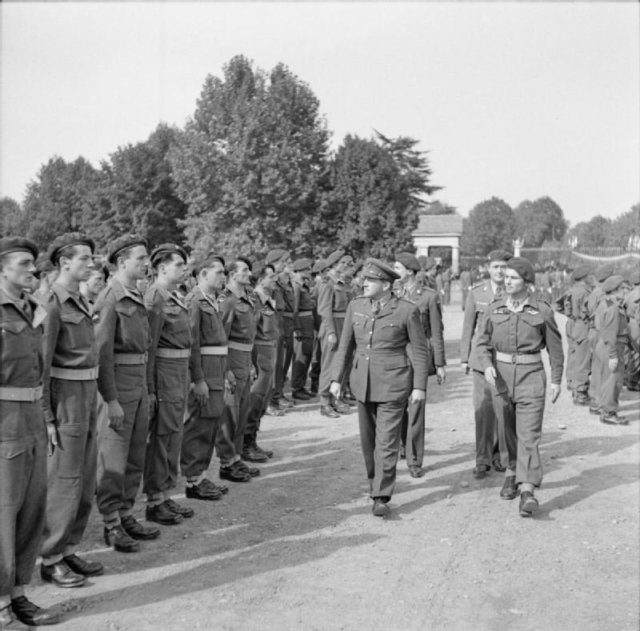
Fallout
Due to the poor support and leadership of Stilwell and the officers around him, Myitkyina did not fall until August 3.
By then, both the Marauders and the Chindits hated him. They had suffered huge losses. The Chindits had achieved a remarkable victory but had been robbed of the credit. Calvert himself had an angry confrontation with Stilwell. Lord Mountbatten, head of South East Asia Command, stepped in and had the exhausted and demoralized Marauders and Chindits evacuated.
Stilwell had taken his objectives, but in trying to upstage the British, he had wasted his best troops.
Source:
David Rooney (1999), Military Mavericks: Extraordinary Men of Battle.
